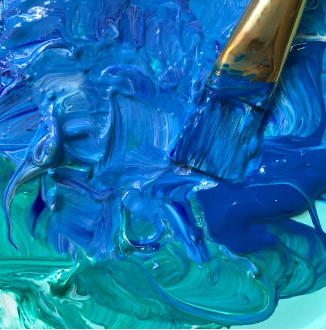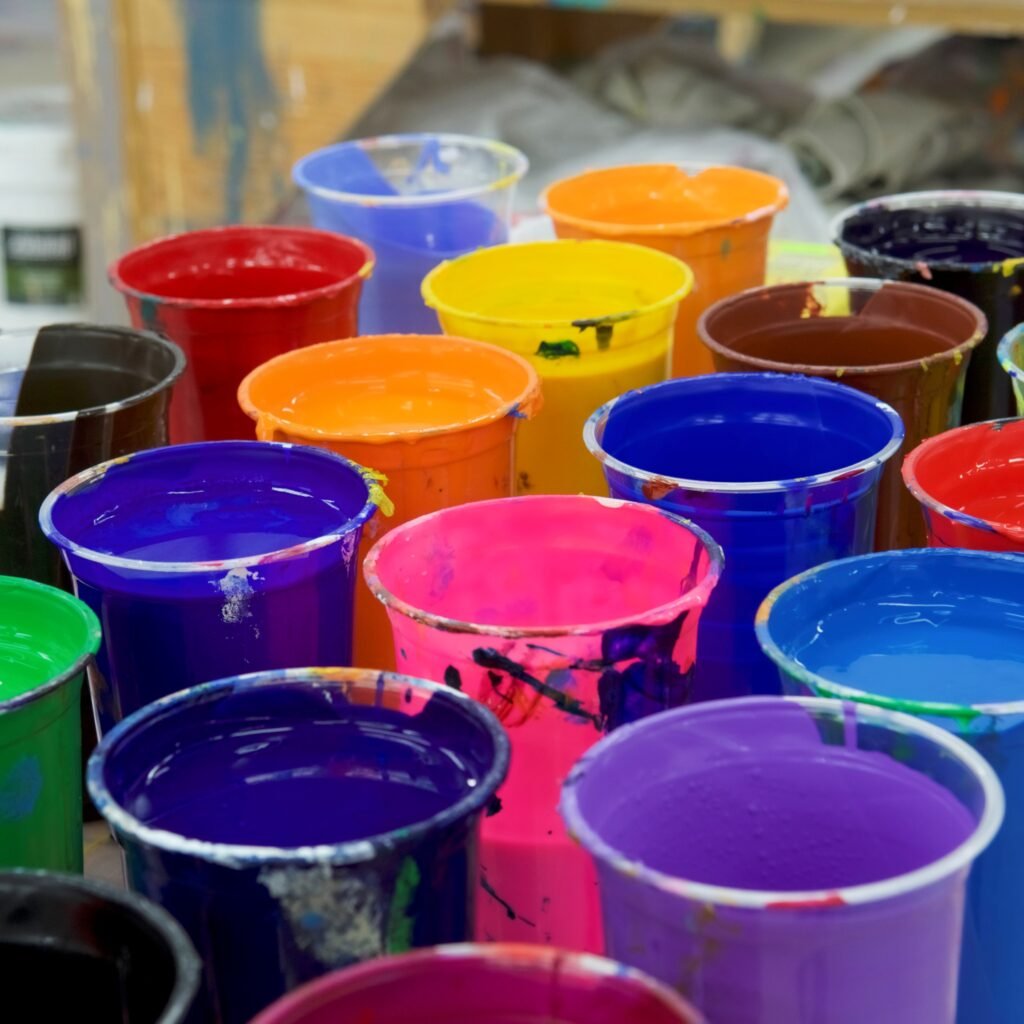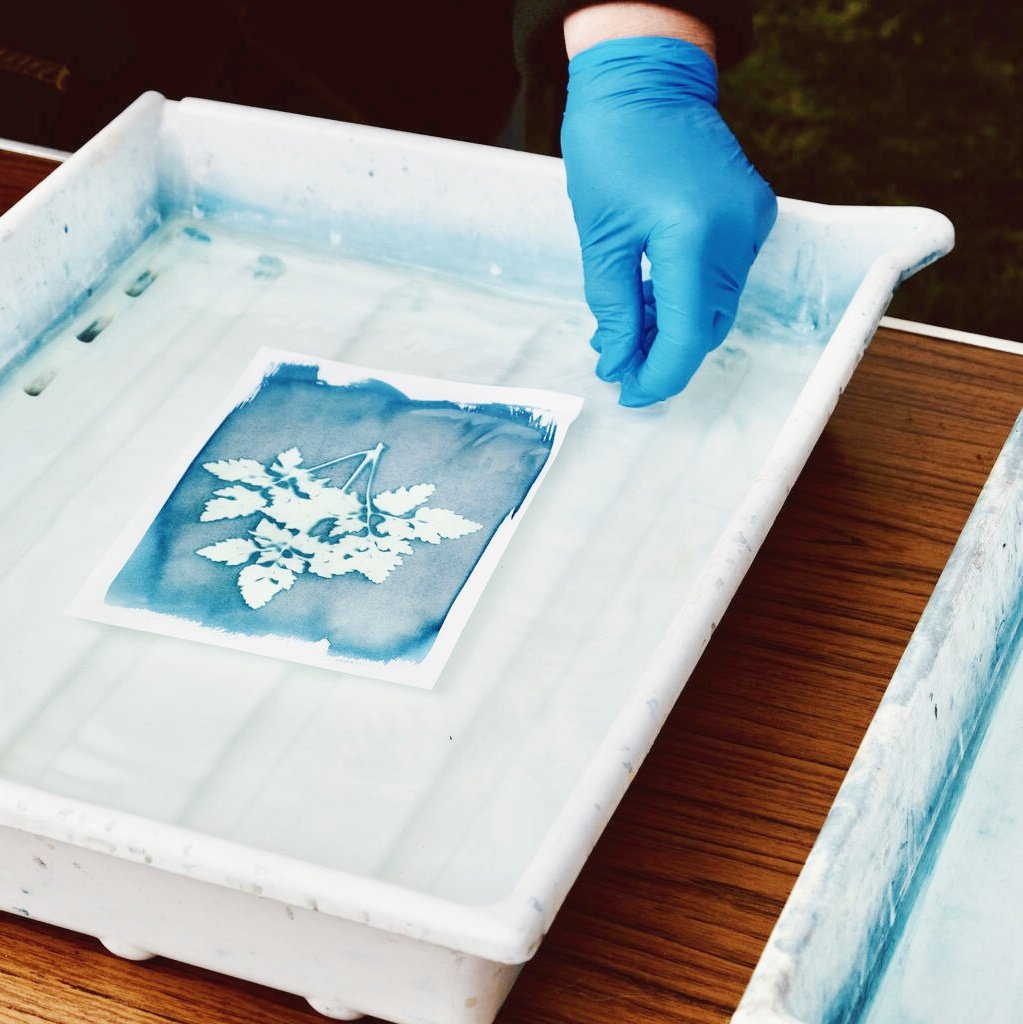Змест
Пластызолевыя чарніла высокай шчыльнасці для тэкстыльнай друку: лёгкае кіраўніцтва
Метаапісанне: Даведайцеся як пластизольные чарніла высокай шчыльнасці Чарніла высокай шчыльнасці дапамагаюць рабіць яркія, моцныя малюнкі на вопратцы. Адкрыйце для сябе парады, спосабы выкарыстання і выпраўленні распаўсюджаных праблем.
1. Што такое пластызолевыя чарніла высокай шчыльнасці?
Пластызолевыя чарніла высокай шчыльнасці з'яўляецца тоўстым, Чарніла на аснове ПВХ выкарыстоўваецца для друку малюнкаў на тканіне.
Асноўныя перавагі
- Трываласць: Застаецца яркім пасля мыцця.
- Супраціў расцяжэння: Працуе на эластычных тканінах.
- Непразрыстасць: З'яўляецца ў цёмным адзенні.
Звычайнае выкарыстанне:
- Спартыўнае адзенне (каманды).
- Рэкламныя тавары (талстоўцы, сумкі).
2. Пластызол высокай шчыльнасці супраць іншых чарнілаў
| Тып чарнілаў | Лепшае для | Недахопы |
|---|---|---|
| Пластызол | Смелыя дызайны, цёмныя тканіны | Не экалагічна чысты |
| На воднай аснове | Мяккае адчуванне | Мае патрэбу ў папярэдняй апрацоўцы тканіны |
| Разрад | Баваўняныя тканіны | З часам знікае |
| Сублімацыя | Лёгкія тканіны | Ніякая тэкстура не з'яўляецца пераважнай пры выкарыстанні чарнілаў высокай шчыльнасці для гладкай аздаблення. |
Выбірайце пластизоль для:
- 3D эфекты (Выпуклыя адбіткі) могуць быць дасягнуты з дапамогай пластовых дабавак у складах чарнілаў высокай шчыльнасці.
- Цёмныя тканіны без папярэдняй апрацоўкі.

3. Як выкарыстоўваць пластызолевыя чарніла высокай шчыльнасці
3.1 Налада экрана
- Колькасць ячэек экрана: Выкарыстоўвайце 110-160 меш.
- Трафарэт: Выбраць капілярная плёнка для вострых краёў.
3.2 Прымяненне чарнілаў
- Друк: Дадайце на тканіну чарніла.
- Успышка: Высушыце з дапамогай флэш-сушылкі на працягу 10 секунд.
- Надрукаваць яшчэ раз: Дадайце больш чарнілаў для паднятая тэкстура.
3.3 Зацвярдзенне
- Тэмпература: пераканайцеся, што яна стабільная для дасягнення найлепшых вынікаў з чарніламі з высокай глейкасцю. 320°F на працягу 60-90 секунд.
- тэст: Расцягнуць тканіна. Калі трэсне, лячыць даўжэй.
4. Топ-5 варыянтаў выкарыстання пластизолевых чарнілаў
- Спартыўная вопратка: Трывалыя лагатыпы (Nike, Adidas).
- Мода: Дызайн, які свеціцца ў цемры.
- Рабочая вопратка: Этыкеткі, якія не саскрабаюцца.
- Рэкламныя тавары: Яркія прынты на сумках.
- Экалагічна чысты: Пластызоль без фталатаў (Зялёная галактыка).

5. Выпраўленне распаўсюджаных праблем
| праблема | Рашэнне |
|---|---|
| Пры выкарыстанні чарнілаў высокай шчыльнасці ў трафарэтным друку могуць узнікнуць дзіркі. | Выкарыстоўвайце больш густыя чарніла або выпраўце нацяжэнне экрана. |
| Расколіны часта здараюцца, калі эмульсія не зацвярдзела належным чынам падчас трафарэтнага друку. | Цалкам отверждается пры тэмпературы 320°F, каб забяспечыць належнае прыліпанне эмульсіі да трафарэтнага друку. |
| Дрэнная адгезія | Папярэдне апрацуйце поліэфірныя тканіны. |
6. Лепшыя інструменты для пластызолевага друку
- Чарніла: Wilflex HD, Саюз Ультрасофт.
- Экраны: Сефар або сеткі Муракамі.
- Сушылкі: Анатоль канвеерныя сушылкі.
- Экалагічна чысты: BASF Palatinol® пластыфікатары.
7. Будучыя тэндэнцыі
- Гібрыдны друк: Змяшаць пластизоль з Карніт Лічбавыя прынтэры могуць ствараць выявы высокай шчыльнасці, прыдатныя для трафарэтнага друку.
- Біяраскладальныя чарніла: Экасерыял Мацуі.
- Разумныя чарніла: Чарніла, якія змяняюць колер, могуць павялічыць ваш дызайн пры выкарыстанні ў трафарэтным друку. тэрмахромныя пігменты.
8. Частыя пытанні
Пластызолевыя чарніла воданепранікальныя?
Так! Ён супрацьстаіць вадзе пасля зацвярдзення.
Ці можна друкаваць на нейлоне?
Так, але папярэдне апрацуйце тканіну, каб забяспечыць добрае прыліпанне эмульсіі да трафарэтнага друку.
Як чысціць экраны?
Для эфектыўнай ачысткі расходных матэрыялаў для трафарэтнага друку выкарыстоўвайце сродак для мыцця экрана і мыйку пад ціскам.
9. Заключэнне
Пластызолевыя чарніла высокай шчыльнасці выдатна падыходзіць для моцных, яркіх адбіткаў. Выкарыстоўвайце экалагічна чысты пластизоль і такія інструменты, як Вілфлекс або Сефар для дасягнення найлепшых вынікаў.



